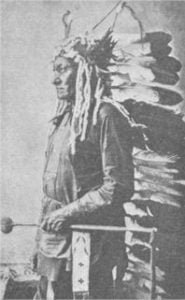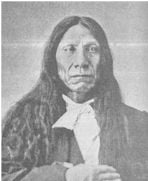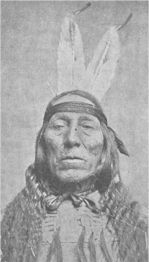Sissipahaw Tribe
Sissipahaw Indians, Saxapahaw Indians, Haw indians. A former small tribe of North Carolina, presumably Siouan, from their alliance and associations with known Siouan tribes. They must have been an important tribe at one time, as Haw River, the chief head stream of Cape Fear River, derives its name from them, and the site of their former village, known in 1728 as Haw Old Fields, was noted as the largest body of fertile land in all that region. It was probably situated about the present Saxapahaw on Haw River, in the lower part of Alamance County, North Carolina. They were mentioned … Read more





